Lake Chad Could be Gone in 20 Years, Seminar Finds
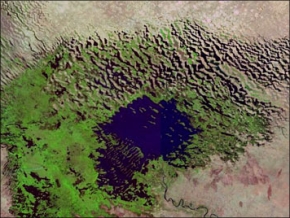 UN Agency tries to draw attention and more water to Lake Chad.
UN Agency tries to draw attention and more water to Lake Chad.
The Food and Agriculture Organization (FAO) has teamed up with the Lake Chad Basin Commission (LCBC) for World Food Day to raise awareness about the shrinking of Lake Chad.
Lake Chad could become part of the Sahara Desert in the next 20 years, unless water management improves and supplies are augmented, according to a seminar hosted by the FAO during World Water Week in August.
The lake’s surface area has decreased 90 percent since 1963. Fish production has declined 60 percent and pastureland has been severely degraded, according to the FAO.
As a result, conflict between farmers and herdsmen competing for access to the diminishing productive land has arisen.
Local and global circumstances have contributed to the lake’s desiccation. Large irrigation projects have siphoned much of the water, and an increasingly dry climate has reduced the amount of rainfall in the region. The aridity has caused evaporation losses of more than 2 meters per year.
Several basin countries formed the LCBC in 1964 to promote sustainable management of the lake. The commission, currently comprised of six out of the eight basin countries, has been largely unsuccessful, according to a Voice of America report.
“Critics say its work has been limited to fruitless seminars and it has taken no concrete action,” the report states.
In recent months the LCBC has initiated a feasibility study on a potential inter-basin transfer from the Oubangui River, a tributary of the Congo. The proposed project would require damming the Oubangui and building a 150-kilometer canal to Lake Chad, according to Voice of America.
The FAO recommends supply augmentation because of the high evaporation rate in the region, but demand management measurements such as small-scale irrigation and water pricing need to be implemented too. But any reform must take place within a functional institutional framework that ensures compliance.
Regional politicians and the FAO acknowledge the complexity of an inter-basin transfer and have urged careful assessment. Congolese Minister of Energy and Water Jean Richard Itoua told Voice of America that “we need to do this feasibility study; we need also an impact study to be sure that the consequences of transferring water will not be bigger than the solution we’re trying to bring to Lake Chad.”
Sources: Voice of America, FAO, FAO Seminar, Voice of America
Lake Chad background from Circle of Blue
Read More: Lake Chad Basin Project, NASA Satellite Images, FAO Lake Chad Photo Gallery
Brett writes about agriculture, energy, infrastructure, and the politics and economics of water in the United States. He also writes the Federal Water Tap, Circle of Blue’s weekly digest of U.S. government water news. He is the winner of two Society of Environmental Journalists reporting awards, one of the top honors in American environmental journalism: first place for explanatory reporting for a series on septic system pollution in the United States(2016) and third place for beat reporting in a small market (2014). He received the Sierra Club’s Distinguished Service Award in 2018. Brett lives in Seattle, where he hikes the mountains and bakes pies. Contact Brett Walton


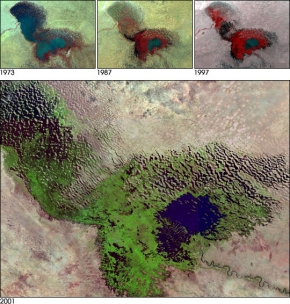

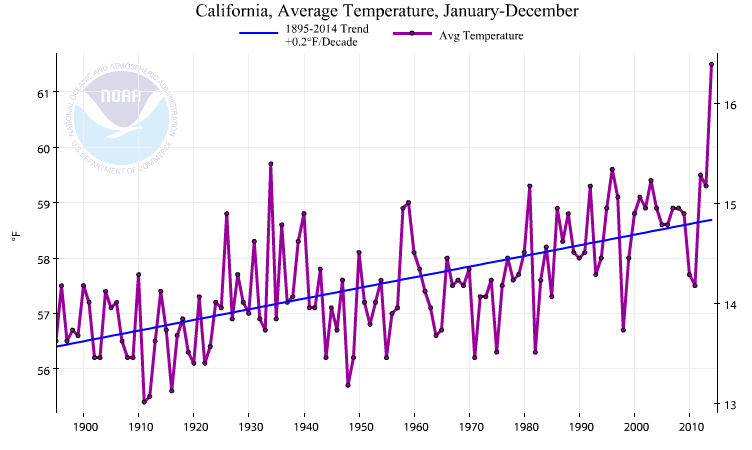
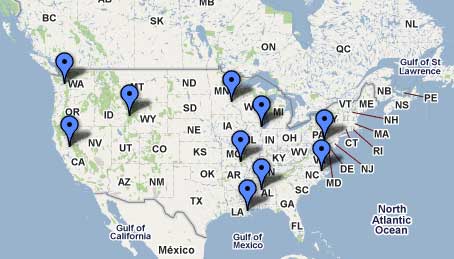
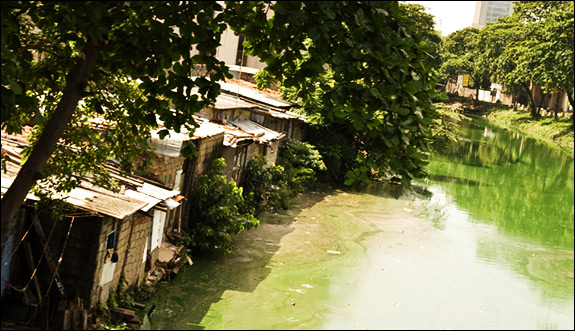



the situation seems to be pretty dreadful, when I looked at the pictures I couldn`t believe the insane change between 73-87. I mean much of the lake basically vanished!!! moreover this had happened at a furious pace…I am going to look up more information about Chad lake, since this issue definitely deserves my attention
The lesson from the Aral Sea is obvious: leaves grow, lakes shrink.